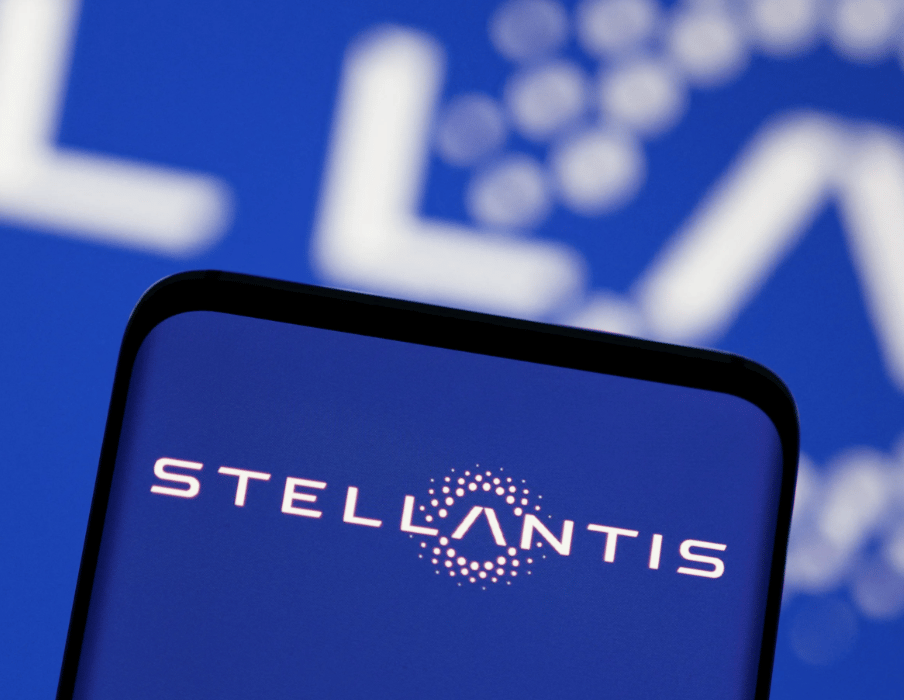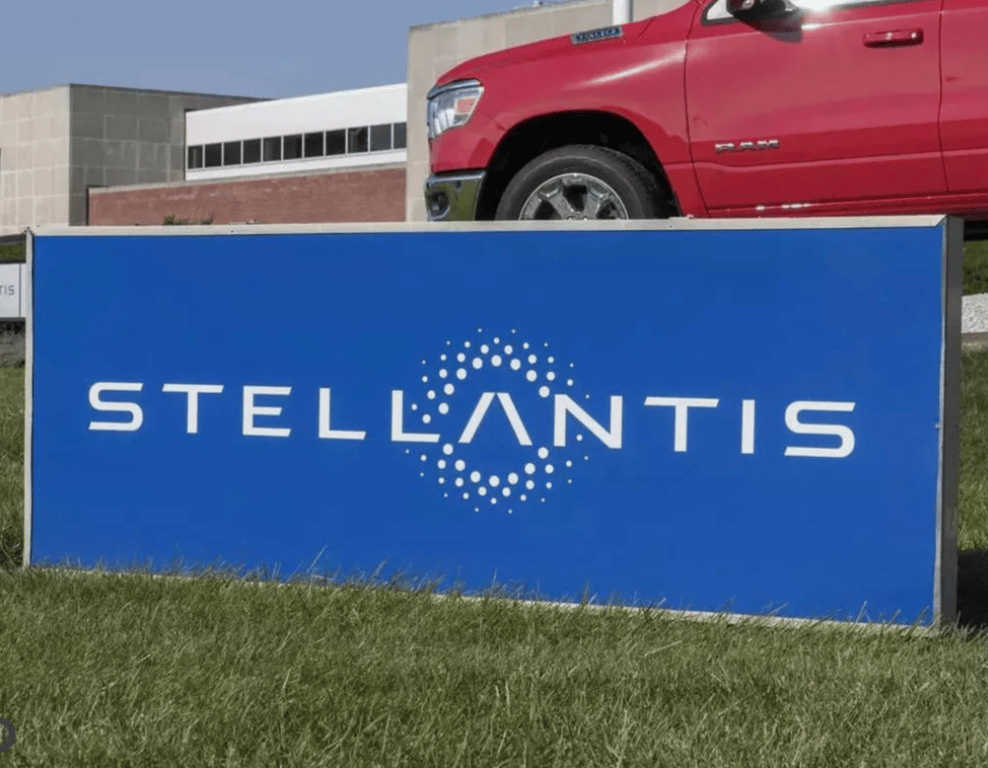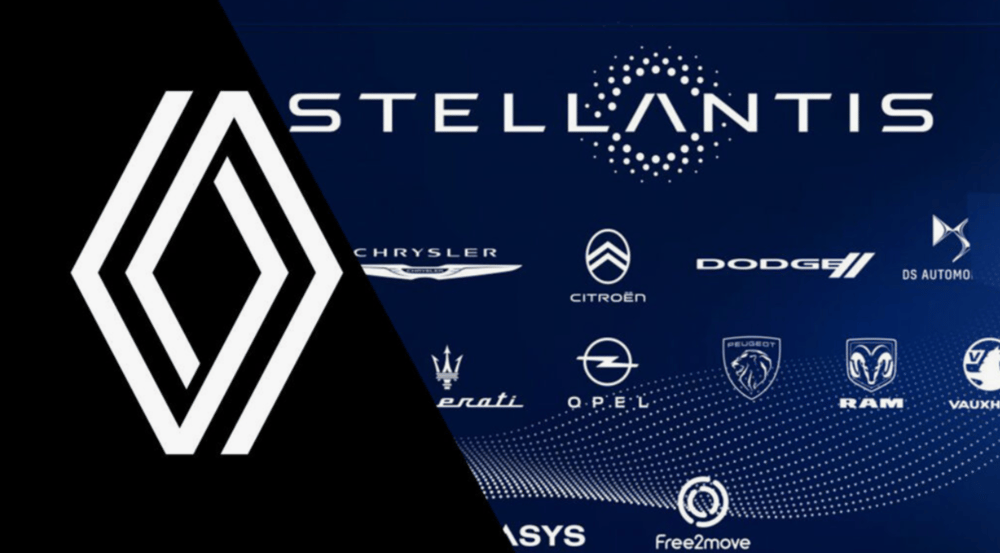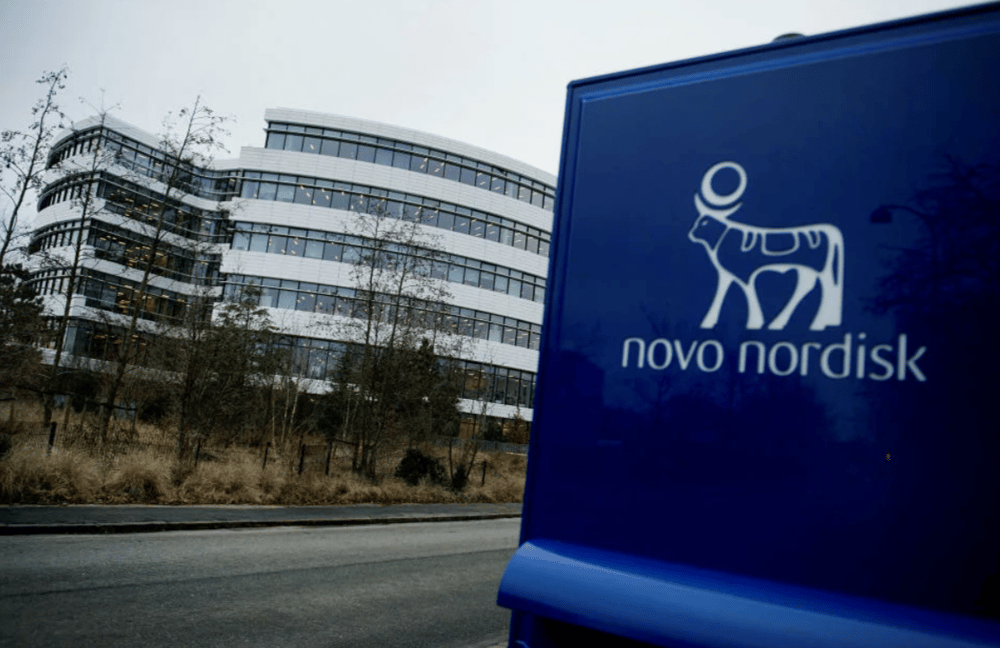Renault and Stellantis Resume Production After Iberian Power Outage Disrupts Spanish Operations
A significant power disruption that swept across parts of Spain and Portugal on Monday temporarily halted operations at major automotive plants owned by Renault $RNO.PA and Stellantis $STLAM.MI. The outage, which hit production facilities in key industrial hubs, has once again highlighted the fragility of supply chains and the rising risk posed by infrastructure instability in Europe's manufacturing sector.
Supply Shock: How Production Came to a Standstill
Renault confirmed that its two Spanish facilities were brought to a complete stop around 12:30 p.m. local time on Monday. Stellantis, which operates three plants in the country, also experienced substantial disruptions. The affected sites are integral to the European production network for both automakers, assembling a range of passenger and commercial vehicles for domestic and international markets.
While the power supply has now been restored, the full normalization of output remains in progress, as companies work to reset operations, recalibrate machinery, and manage backlogs. Renault emphasized that it treated the incident as a force majeure and mobilized internal resources swiftly to minimize operational fallout.

Chain Reactions in the Auto Manufacturing World
The temporary halt has broader implications beyond the immediate production loss. Even short-term outages in large-scale manufacturing environments can create ripples throughout the supply chain—impacting suppliers, logistics timelines, and downstream retail availability.
Factors amplified by this disruption include:
Just-in-time production models becoming more vulnerable to utility failures.
Inventory pressure on suppliers and component manufacturers.
Risk reassessment around facility location and energy resilience.
Greater focus on backup systems and local energy sourcing.
These dynamics have emerged as recurring themes in a post-pandemic landscape, where resilience is becoming as critical as cost-efficiency in global manufacturing strategies.
Breakdown of the Incident’s Operational Impact
Two Renault Plants Halted Operations stopped mid-day Monday due to total power failure, affecting both production lines and auxiliary systems.
Three Stellantis Facilities Disrupted Stellantis’ plants in Spain experienced widespread downtime, affecting output schedules across multiple vehicle models.
Gradual Restart Underway By Tuesday, production lines were restarting in phases, with teams prioritizing safety protocols and equipment recalibration.
Official Statements Stress Containment Renault highlighted swift internal coordination, while Stellantis has yet to release a full post-incident operational summary.
Potential Downstream Delays While short-lived, the outage may lead to short-term delays in deliveries, especially for time-sensitive export orders.

Broader Industry Context: Power Reliability as a Strategic Concern
Spain’s Energy Grid Under Scrutiny: While rare, such widespread outages put a spotlight on the reliability of regional energy infrastructure amid growing industrial dependence.
Resilience Planning Intensifies: Automakers may accelerate efforts to invest in microgrids or alternative energy sources.
European Supply Chains Still Fragile: With ongoing geopolitical and economic uncertainty, disruptions—whether energy, labor, or logistics-related—have outsized effects.
Focus Shifting to Risk Mitigation: Automakers and parts suppliers alike are adapting operational strategies to factor in environmental and infrastructure shocks.
The incident serves as a reminder that in an increasingly electrified and interconnected automotive world, the power to produce can still be short-circuited by forces beyond a company’s control. For Renault and Stellantis, the test now is how quickly they can return to full capacity—and how well they can insulate themselves from future shocks.















Comments
This power outage underscores the urgent need for more resilient infrastructure in Europe’s manufacturing ecosystem.
This strategic move could well redefine how automation integrates within today’s rapidly evolving tech landscape